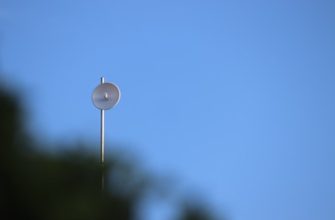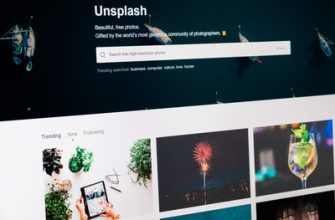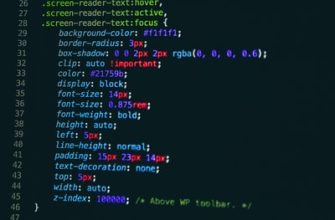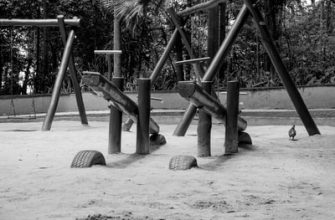You should know how to improve your site search in order to make it easier for visitors to find what they are looking for. You can easily do this by making use of a few tips.
Optimize images with alt text
You can improve your site’s search ranking by optimizing your images with alt text. Alt text helps Google understand what an image is about. This is especially important for sites that have visually impaired users.
Image alt text should also be optimized for user experience. Using misspelled words, too long alt text, or too many keywords can confuse both screen readers and search engines.
Google uses hundreds of factors to judge how relevant a web page is. Alt attributes won’t have as much of an impact as other factors like keyword usage and links, but they can help increase page relevance.
You should include your focus keyword in the alt text of your image. This keyword should match the description of the image. It should also be in the file name, if you have one. Including a keyword in the file name increases your chances of appearing in an image pack.
In addition to the SEO benefits, using alt text for images can be a good way to improve conversion rates from organic traffic. Since people are usually more likely to click on an embedded image than a hyperlinked one, images that contain an accurate alt tag have a better chance of converting traffic.
Add descriptive categories and filenames
A lot of effort has been poured into optimizing your website for speed, security and SEO and that effort is a worthy endeavor. But it’s also a solitary task and one that you’re on your own. The good news is, you can start on the right foot thanks to a few tips and tricks.

A little knowledge, a lot of patience and a bit of forethought can go a long way. The following list of do’s and don’ts should help you on your quest to elicit the best results. Having said that, this is not a guide to perfection. If you’re still in the early stages of building your website, read on for a few tips and tricks that can help you win the internet crown.
Optimize navigational pages
If you are looking to improve your site search, you need to consider all of your website’s navigational elements. This includes the main navigational menu, sub-menus, and footer section. You can also create a sitemap file, which is an XML document listing your primary content. This helps search engines identify relevant pages.
The best navigational page should be easy to find and understand. This is especially important for mobile users. You should be able to find the most important pages of your site without wasting time and effort.
You will also want to use ALT text and descriptive text when linking to other pages. This is because the ALT attribute will help your visitor’s browser to identify what the link is. This is particularly important if the link is a photo.
Another important site search component is an internal site search bar, or search bar, as it is also known. This is a key component of any website. It allows your visitors to navigate your site efficiently, and it may even boost your conversions.
Optimize anchor text
Using the right anchor text is important for both search engine optimization (SEO) and site navigation. This is because Google uses it to determine what a page is about. In addition, anchor texts provide context for the content on the linked page.
The first thing to consider when optimizing your anchor text is to make sure that it’s easy for people to read. That means it should be short and to the point. Similarly, the words should be descriptive. In addition, use a mix of keywords.
While it’s tempting to use a specific anchor to get a high ranking, it’s not a good idea to over-optimize. This can be detrimental to your site’s SEO. For example, adding in-text links can hurt your rankings and your site’s authority.
It’s also a good idea to use different types of anchor text, such as branded and generic. These kinds of anchors help Google better understand what your pages are about, allowing it to improve your rankings.








